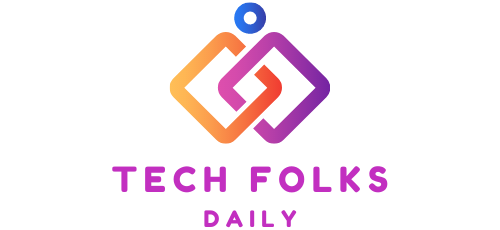Explanation Of Blockchain Technology
Not many are aware of Blockchain technology and the importance it has gained in recent times. This technology allows safe digital transfers to exist as a guarantee of sustainable commerce and being the pillar of what we know as cryptocurrencies. The Blockchain supports the validity and reliability of all the variants of cryptocurrencies that currently exist in the market. Generally speaking of all digital transactions, the Blockchain provides more than proven security.
Introduction to Blockchain Technology
In a literal way, Blockchain is a chain of data blocks. If we interpret this play on words, we will see that it implicitly tells us about the treatment of the data and the grouping of the same in the form of related blocks. But the most interesting thing is to know how they are related.
Transactions within the Blockchain
What distinguishes blockchain backup technology is how each transaction occurs, how the data they generate is protected, and how transparent they are. Every time a person sends money to another digital address through their Wallet or a platform, the details of that transaction, including its origin, destination, and timestamp, are added to a block. The peculiarities of each one depending on the type of algorithm and the complexity they have.
Examples of this are the great difference between a Bitcoin transaction and a Litecoin transaction, where the difference in time can be more than five times less in the second case. Some allow transactions at a decent speed because they do not have a high level of data encryption. Within this encrypted code, what we know as the currency or token itself is accumulated along with the data and metadata that include a trace of other transactions.
Another benefit of Blockchain is transparency. The general ledger is a public chronicle of all peer-to-peer transactions that occur in a given period of time; When we refer to pairs, it is between the person who delivers their crypto and those who receive them.
Who are the Cryptocurrency Miners?
The computing power that all operations require within each of the steps for a secure transaction is not negligible, and this is where the miners’ hardware is required. These people individually represent the computing power they can bring to the network by the hardware they own. Depending on the requests that they can process and the speed represented in the number of cycles of resolved hash algorithms, they receive a small part of its value.
This process is continuous and guarantees that the Blockchain exists. One of the great advantages in addition to its security is that it is easy to obtain the necessary processing power without the need for additional investment. A continuous and safe flow is guaranteed only with a small commission, which is a clean profit for those who take advantage of this opportunity.
In addition to being continuously updated, the chain and its blocks are distributed over the network to all the miners’ computers. This ensures that the latest version of this decentralized ledger exists pretty much everywhere, making it nearly impossible to fake it. When transactions within a block are deemed valid, they are attached to the most recently verified block in the chain, creating a sequential ledger that anyone can view.
Why Blockchain?
Within the world of digital money, there has always been a serious problem that can cause inflation and deterioration of any network of this type. This problem is the duplication of a digital currency or the exact copy of a token to be used more than once, just as it happens with pirated digital copies of any information. The Blockchain so far is the best solution, and it is not difficult to know why.
Any bank in the world currently must verify transfers in a two-way way; it is only confirmed in the event that there is a positive verification of shipment and receipt. This method ensures that no person or entity benefits fraudulently, and it is also what the Blockchain exists for. So it would not be enough to decrypt one of the tokens and make a copy; it would also have to modify the record of the last transaction within the network to possess that crypto truly.
Future of Blockchain Technology
In the short term, Blockchain technology seems a solution to many problems of wine distribution in the digital world. However, similar variants have already been tried but were completely rejected by the internet community. Intellectual property should not reach the point of requiring that level of reliability as a payment currency. Still, cases such as NFTs or non-fungible currencies are already emerging that are the living example of the use of Blockchain to guarantee a unique existence of this digital object so that it is completely exclusive and has proven to be very successful.
The truth is that there are many fields where this technology can contribute:
- Execute contracts.
- Buy and sell intellectual property.
- Distribute medical information.
- Ensure that voting in elections is incorruptible.
Private blockchains allow companies to revolutionize internal processes by improving their security and reliability. Public variations of open source change the way people run businesses in their daily lives. Global society has just begun to scratch the surface of Blockchain applications.
Also Read : What is HyperText Markup Language (HTML)?



